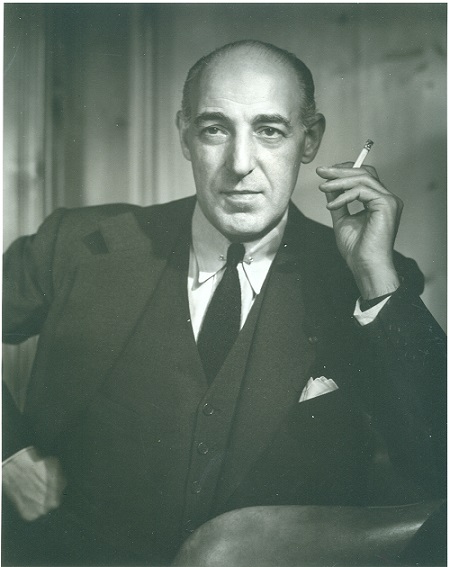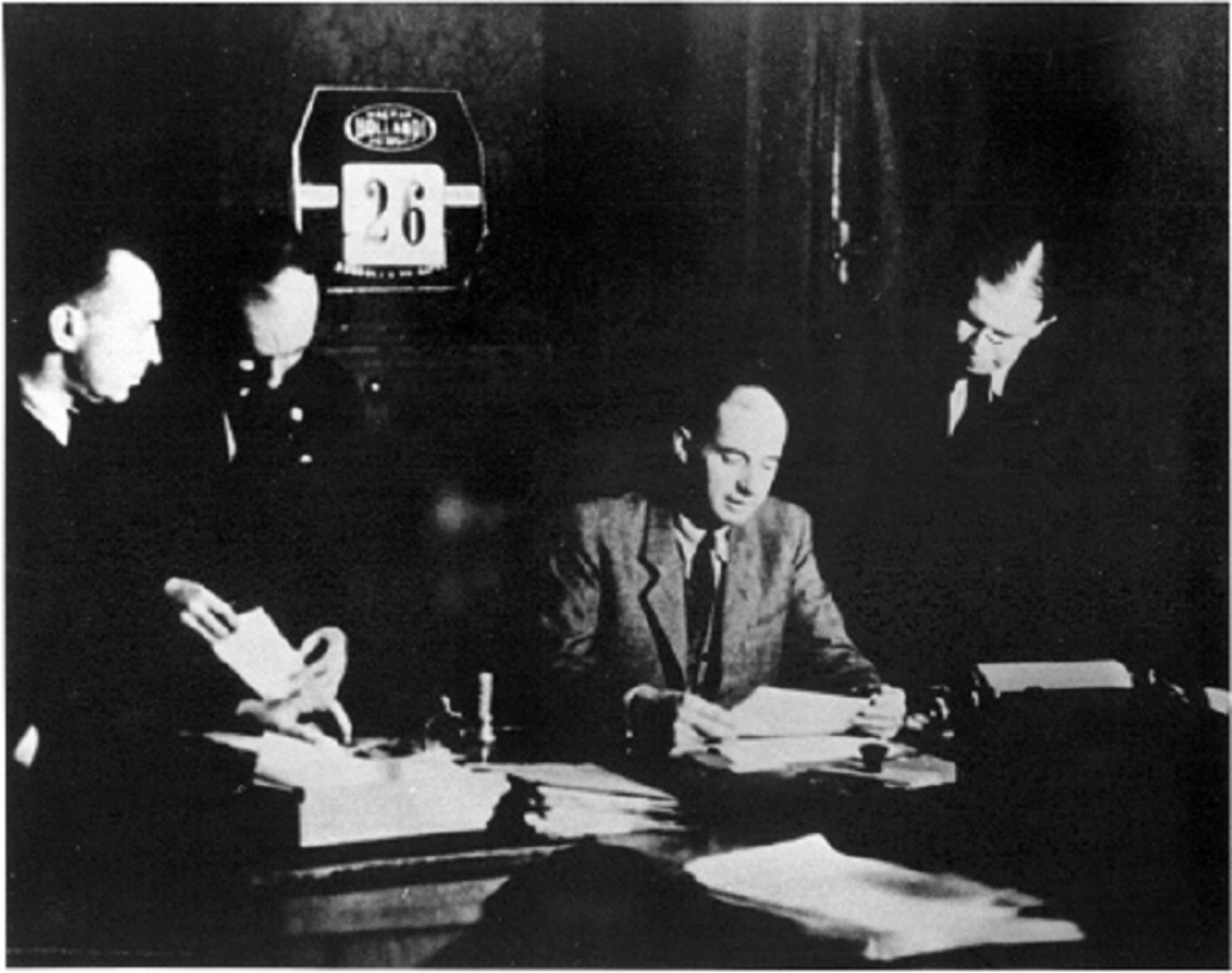Jewish Rescuers Project



Visit our website: Jewish Rescuers of the Holocaust
Introduction: Jewish Rescuers Project
In Slovakia, the deportation trains stopped in 1942 due to inspired negotiation with the Nazis by the Bratislava Working Group under leadership of Rabbi Michael Weissmandl and Ms. Gisi Fleischmann. The deportation trains from Hungary stopped in mid-1944 when a Romanian-Hungarian Jew, George Mantello, publicized the atrocities of Auschwitz and thereby ignited the conscience of the Swiss people which led to the first major public protest against the Holocaust and severe warning to Hungary regent by leaders of the free world. Tens of thousands of Jews were spirited out of Europe by the American Jewish Joint Distribution Committee, who expended millions of dollars and sent agents all over Europe to rescue Jews.
Hundreds of Jews participated in the rescue of their fellow Jews during the Nazi period and the Holocaust, 1933-1945.
There were more than 200 Jewish rescue organizations active both inside and outside Nazi occupied territory. These rescue organizations were comprised of hundreds of brave and innovative individuals.
Hundreds of thousands of Jews were saved.
The rescue of Jews by Jews in Nazi occupied territory was extremely dangerous. Not only were Jews subject to the normal persecution and threat of deportation and murder, but they were also in double jeopardy. Many Jews were killed by the Nazis for protecting Jews. Some Jews came out of hiding to rescue fellow Jews. Others delayed their own opportunity to escape the Nazis in order to remain to help their fellow Jews.
Organized and individual rescue of Jews by Jews took place in virtually every country and under every circumstance during the Nazi occupation of Europe. Rescue took many forms, including hiding Jews or helping them escape, providing false documents, providing food and medical supplies, warning their fellow Jews about impending actions and deportations, and warning the world. Jewish philanthropic organizations raised and distributed millions of dollars to keep Jews alive in Nazi occupied Europe. They helped hundreds of thousands of Jews escape to safe havens throughout the free world.
Purpose
There has been no unified attempt, to date, to document or honor Jewish rescuers and rescue organizations. It is the purpose of ISRAH to create a project that will do so.
It is the intention of ISRAH to facilitate and promote the recognition of Jewish rescue in the Shoah.
Specifically, ISRAH will do the following: publish books and articles; create an international traveling exhibit; create a commemorative medal; have the Israeli post office issue commemorative postage stamps.
Most importantly, ISRAH will encourage Holocaust museums to create an exhibit on Jewish rescue and add it to their permanent displays.
Honoring Jewish Rescuers and Organizations
Jewish rescuers to be honored are individuals and organizations who, on their own initiative, had been actively and directly involved in saving one or more fellow Jews from being killed or sent to a ghetto, transit camp or concentration camp when the Jews were trapped in a country under the control of the Nazis or their collaborators during the period of the Holocaust, 1933-1945. They are also individuals and organizations who provided vital funds, food, medicine, etc., for Jewish survival. They also include Jews who warned Jews of the impending disaster, who even negotiated with the Nazis to stop transports and who relentlessly pressured free world governments to intercede. Some rescue initiatives failed. These attempts should be recorded and these Jewish rescuers honored nonetheless.
This includes those Jews who worked behind enemy lines, in ghettoes, transit camps, concentration camps and death camps. It also includes Jews who worked from countries not under Nazi and Fascist rule. It should also include Jews who warned their fellow Jews and the world of the impending disaster, who pressured free world governments to intercede on the Jews behalf, who negotiated with the Nazis to ransom Jewish communities, as well as those who provided relief and funding to their fellow Jews so that they could survive.
The Project would also honor Jewish organizations that were active in the rescue of Jews. These would include both organizations that worked inside Nazi occupied territory, such as the Bratislava Working Group, the Relief Organization for Jewish Refugees Abroad (Recha and Isaac Sternbuch), Va’ad Hatsala, the Jewish youth underground in Budapest, Mossad Aliyah Bet, Perl Transport (Af-Al-Pi, “Despite Everything”), Delegation for the Assistance of Immigrants (DELASEM), Zegota (Council for Aid to Jews), Refugee Aid Committee in Romania, the Mouvement de Jeunesse Sioniste (MJS; Zionist Youth Movement), Eclaireurs Israelite de France (EIF), He Halutz Youth Movement, and organizations that operated outside of Nazi occupied territories. These would include such organizations as the American Jewish Joint Distribution Committee (JDC), and the Hebrew Sheltering and Immigrant Aid Society (HIAS-ICA-EMIGDIRECT; HICEM), the Bergson Group (Hillel Kook) and the Rescue Committee of the United States Orthodox Rabbis. Individuals within the organization will be honored as well if they had an exemplary record of rescue and if they did not obstruct rescue. .
A critical analysis of the success of some of these organizations in the rescue of Jews would be appropriate. Also, a study of the individuals who worked within these organizations and the characteristics that made them successful. Many of the individual rescuers and organizations displayed a high degree of creativity, imagination, initiative, spontaneity and adaptability.
The Institute for the Study of Rescue and Altruism in the Holocaust, a nonprofit corporation, is working with the Jews Who Rescued Jews Committee, chaired by Haim Roet, and the Jerusalem Working Group, chaired by Larry Pfeffer.